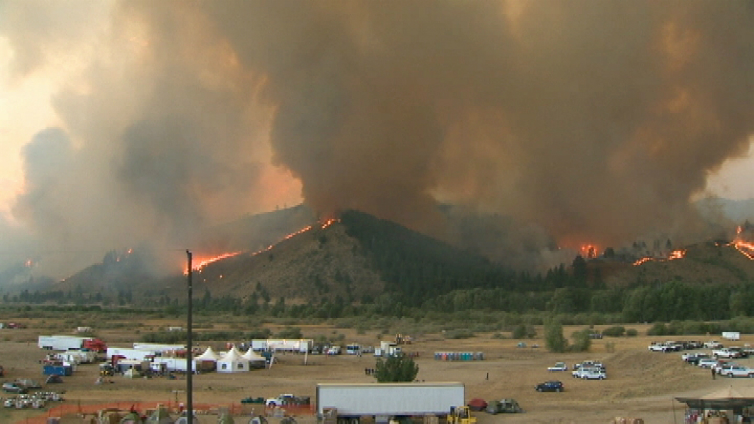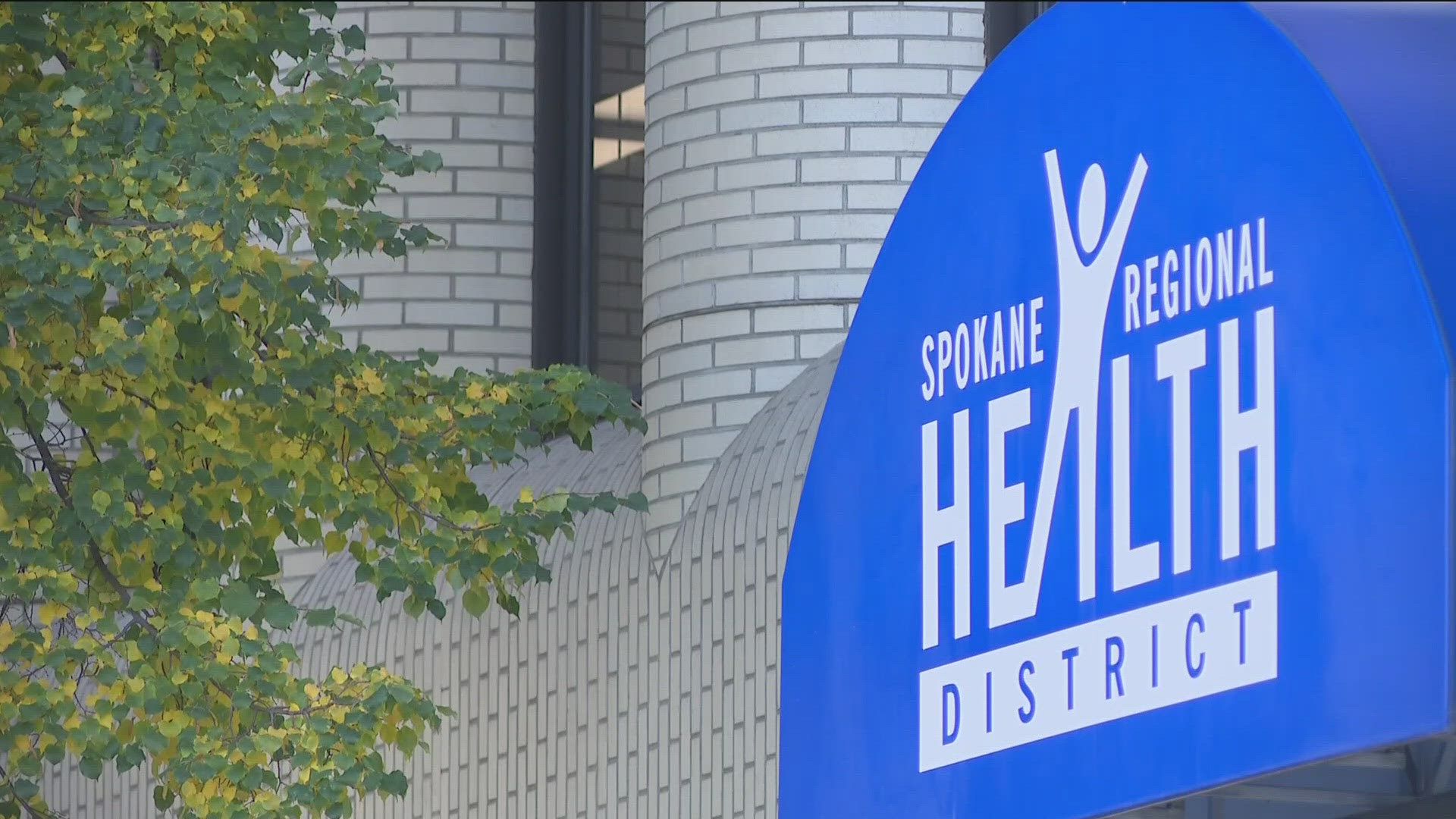PINE, Idaho -- Victims of the Elk Fire Complex include livestock and wildlife living in the area. Wildlife officials are worried not only about the animals' current health and safety, but how the environment will rehabilitate after the fire.
This has been a really devastating fire as far as how fast it grew and what it did, said Scott Bodle, Mountain Home Ranger District Wildlife Biologist. Bodle is the lead research advisor on the fire and helps look at the balance between the need for fire suppression and the long term cost of suppression on the animals and plants.
Already, in the small area wildlife biologist Bodle has surveyed, he confirms some cattle have died. At least 30 wild animals, including a bear, some elk and around 20 deer have also died or needed to be euthanized.
The problem, he says, is how fast this fire took off, and that the damage is already proving to be much worse than what happened after the 2012 Trinity Ridge Fire.
This one went to 100,000 acres in three days. Basically what happened was there were big walls of flame and hot gasses pushing in front of that at really incredible speeds, and that didn't give wildlife the chance, Bodle said.
Bodle says animals have been killed by carbon monoxide from the smoke, and others, especially bears, have been injured because they climbed trees to get away, only to have those catch fire.
Normally they smell the smoke, they're kind of on alert and they start to push away and they can usually get out and flank the fire and they'll walk back into the black and stay in there where it's cooled down, Bodle said.
Some animals found injured by firefighters, like a red tailed hawk, have already been returned to the wild. Others will be rehabilitated at animal hospitals and brought back.
Some of the wildlife may have some small burns, stuff like that hampering it, and we can actually bring in Idaho Fish and Game employees with me, go out capture them and take them to a rehab center where they can maybe get medical treatment and re-released, Bodle said.
Moving ahead with this fire, Bodle says animals should be seeing what's going on and know to leave earlier. He thinks the majority of the deaths would have been in the beginning days.
Where it's burning now, and kind of going slower, these animals are being able to get out of here, but during that initial explosion where the fire just went rampant, that's where the loss is going to be, Bodle said.
Even when the fire is completely out, Bodle's job certainly isn't over. He's going to have to continuously check the wildlife out here to make sure everything is going okay. He can already tell the fire has burned valuable winter range.
In the immediate time, Bodle is also working on issues like making sure trucks from out of state aren't bringing noxious weeds or other harmful species into Idaho by making sure they all get cleaned before and after working on the fire.
He also works with fire management teams on firefighting plans to lessen future negative impacts on the land.
Like using bulldozers, there's a time and a place, and they're usually a really good tool, but in some areas, they're not so good. Because if we're up on a really high alpine step, that dozer line is going to be there and it's not going to grow any vegetation back for 100 years or more, Bodle said.


